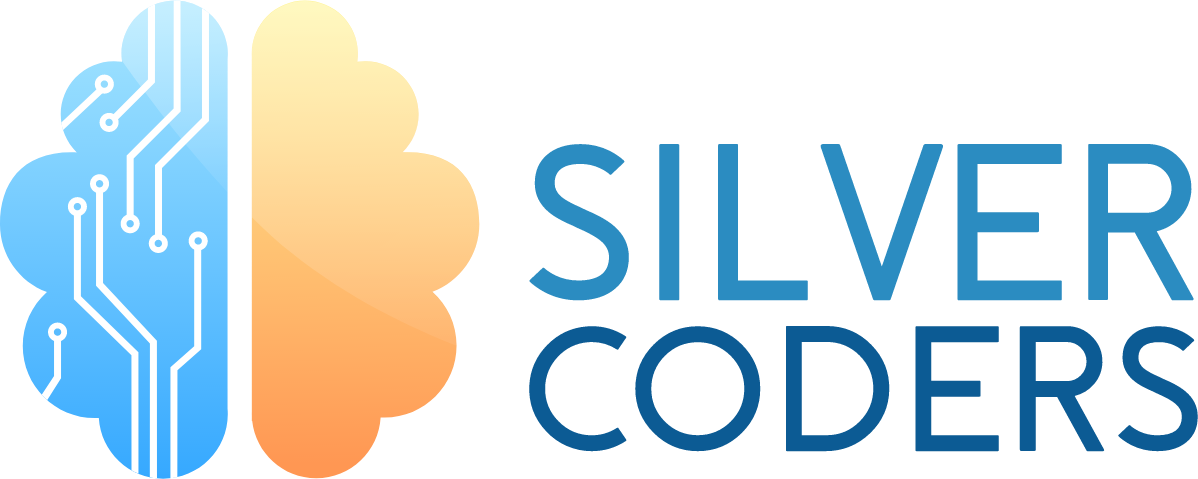LEARNING SHEETS DESCRIBE ACTIVITIES THAT HELP INSTRUCTORS INTEGRATE THE SILVERCODERS CHALLENGES AND TOOLS INTO THEIR TRAINING PRACTICES.
1. RANDOMNESS
The main goal of the activity is for the learners to understand the mathematical concept of randomness.
Learners will use a game that draws random points on the screen together with theoretical information about this branch of mathematics. Then they will make coding changes to the game to observe the effect of those changes.
2. PAIR PROGRAMMING
The main goal of the activity is for the learners to be able to work as a team and develop the corresponding competencies. Learners will use one of the more complex challenges available in the SILVERCODERS methodology and they will make coding changes to the game to observe the effect of those changes.
3. GAME DESIGN
The main goal of the activity is for the learners to understand what really is necessary to design a game, from the narrative to the mechanics to the graphics, etc. Learners will start from scratch and design a game, based on their own experience as players.
4. PHYSICS
The main goal of the activity is for the learners to understand a few ideas about physics. The GDevelop environment already has a Physics behavior that hides most of the complexity involved in using Physics in games. In this Learning sheet we will address some of the basic physics laws and how we can use them in games.
5. Creating Open Educational Resources – OER
Open Educational Resources, RED, or Open Educational Resources (OER) are the tools used in the process of learning, teaching, research or with other educational objectives that are available in an accessible format and under a free license, i.e. they approve free access, but also use, adaptation and redistribution by others with limited or no restrictions.
6. Visual Identity – Logos and vectors
A visual identity isn’t just one thing, but a series of components combined: it comprises logo, imagery, typography, colors, and design.
Strong visuals can be very persuasive.Understanding visual identity can help you make more thoughtful design decisions, regardless of your role, medium, or skill level.
7. Digital Color
The main goal of the activity is for the learners to understand how computers process and display color. They will start by learning some aspects about the physics of color and then how computers process it. They will use this knowledge to create a game where color plays a relevant role.
8. MOBILE APPS
The main goal of the activity is for the learners to understand what mobile apps are. They will start by learning some aspects about the different operating systems and devices. Then they will use this knowledge to create a mobile app.
9. Installing data management server on a website
The main goal of the activity is for the learner to better understand database management servers and how to install it in a website. Learners will find a suitable database management server and then implement it in a website of their own.
10. Smartphones accessibility
The main goal of the activity is for the learners to get the basic knowledge of the accessibility options that smartphones/tablets have; how to set and undo the new configurations on their smartphones to be more accessible.
